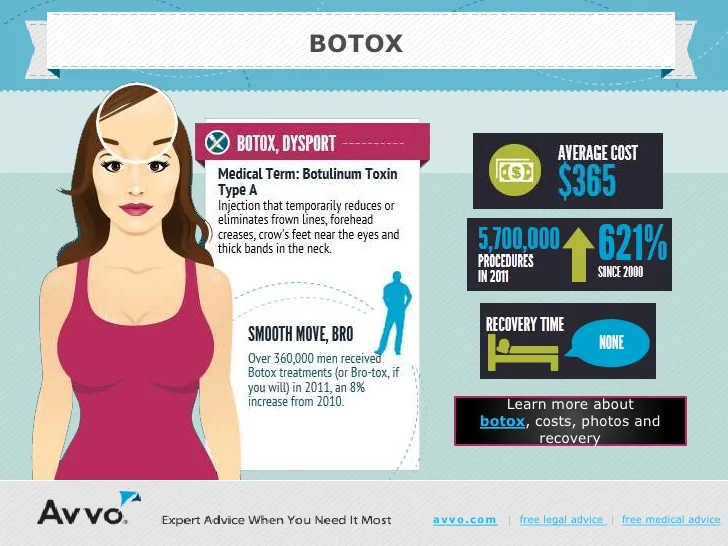Blackheads And Whiteheads
Blackheads And Whiteheads
Blog Article
Hormonal Acne - What is Hormonal Acne?
Hormonal acne is characterized by clogged pores and oily skin that generally appears on the chin and jawline. It takes place when hormone modifications trigger inflammation and microbial overgrowth within hair follicles.
Breakouts may look like whiteheads, blackheads, papules or pustules and cysts or blemishes in extra extreme instances. It is more common in teens going through adolescence however can impact grownups of any type of age.
What Triggers Hormone Acne?
While acne can be brought on by a selection of factors, including using hair and skin care items that aren't oil-free or made with ingredients that could clog pores, genetic predisposition, diet,2 and tension, the source is changing hormonal agents. Hormone acne happens when the body experiences hormone modifications and changes that result in an overproduction of sebum, which triggers inflammation, enhanced growth of germs and modifications in skin cell activity.
Hormonal acne is frequently found on the lower jawline, cheeks and neck yet can show up anywhere on the body. It is identified by acnes that are cystic, excruciating and loaded with pus or various other product. It is additionally most likely to happen in ladies than men, especially during puberty, the menstrual cycle, maternity or menopause.
Age
While several children experience acne at some time throughout adolescence, it can continue to afflict adults well right into the adult years. Called hormone acne, this type of breakout is tied to changes in hormones and is usually most typical in women.
Hormonal acne takes place when oil glands generate way too much sebum, which blocks pores and traps dead skin cells. This leads to the formation of imperfections, such as whiteheads, blackheads and papules, pustules, cysts or blemishes, deep under the surface.
This type of blemish usually creates discomfort, inflammation and inflammation. It may additionally be intermittent and appear around the same time every month, such as right prior to your period starts. This is due to the fact that degrees of female hormones like progesterone and oestrogen rise and fall with each menstruation.
Menstrual Cycle
Hormonal acne commonly shows up in the lower part of your face, along the jawline and cheeks, as whiteheads, blackheads or inflammatory pimples (acnes and cysts). It's probably to appear around the time when your menstruation modifications.
Especially around ovulation, when estrogen and progesterone degrees get on the increase, hormone variations can trigger breakouts. But it's additionally possible to get acne at any kind of factor during your 28-day menstruation.
If you observe that your hormonal acne flares up right before your duration, try noticing when specifically this occurs and see if it associates with the phases of your 28-day menstrual cycle. This will certainly assist you pinpoint the origin of your skin problems. For instance, you may intend to service balancing your blood sugar level and eliminating high-sugar foods, or consider a prescription drug like spironolactone that can control your hormones.
Maternity
Growing a child is a time of significant hormonal adjustments. For numerous women, this consists of a flare-up of hormonal acne. This sort of breakout typically starts in the first trimester, around week 6. It's triggered by hormonal agent surges that boost sebaceous glands to make even more oil, which can block pores and cause even more bacteria to accumulate.
Breakouts might likewise take place as a result of pre-existing problems like polycystic ovary syndrome, which can likewise be an issue while pregnant and menopause. Also, some types of birth control pills (such as Ortho Tri-Cyclen and YAZ) can cause hormonal acne website in some women.
Luckily, most acne therapies are "no-go" for pregnant females (consisting of popular acne-fighting active ingredients such as isotretinoin and spironolactone). But if you can not prevent those annoying bumps, your medical professional may suggest oral erythromycin or cephalexin, which are secure during pregnancy.
Menopause
As females approach menopause, the estrogen degrees that caused their hormone acne to flare during the age of puberty begin to maintain and decrease. At the same time, nevertheless, a spike in androgens (also referred to as male hormonal agents) occurs due to the fact that these hormones can't be exchanged estrogen as effectively as previously.
The excess of androgens can cause oil production by the sweat glands, which clogs pores. When the stopped up pores become irritated and aggravated, a pimple types.
Hormonal acne is usually seen on the face, specifically around the chin and jawline, but it can happen on the neck, back, shoulders, or upper body. This type of acne has a tendency to flare in a cyclical pattern, similar to the menstruation. Stress, which enhances cortisol and throws hormonal agents out of balance, additionally contributes to the outbreaks.